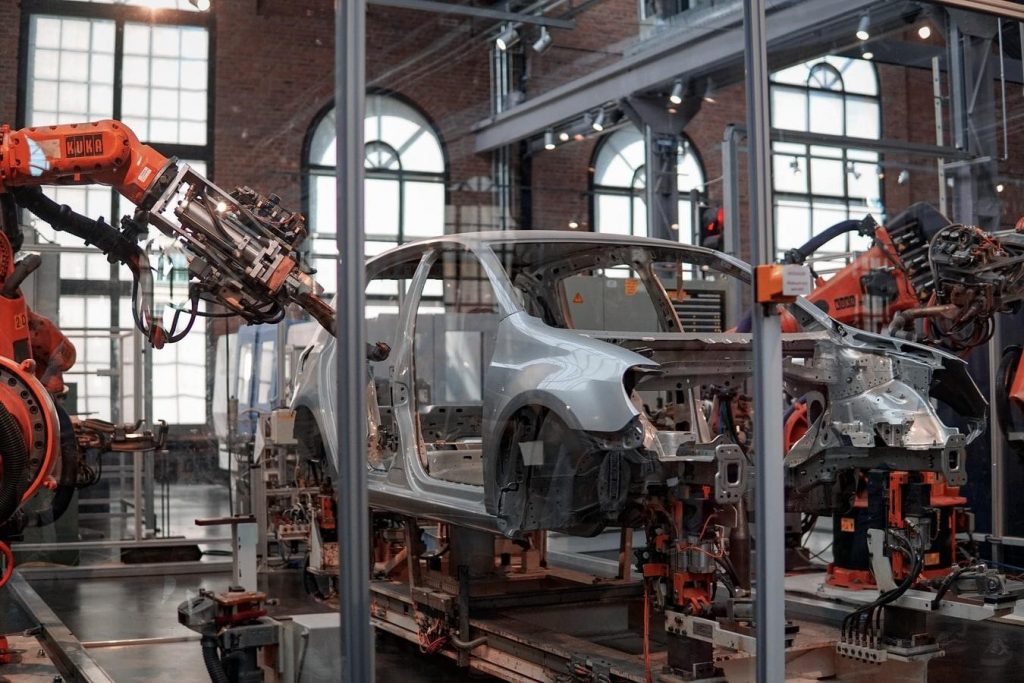
Metrology has always been crucial in science and technology; there has always been a need to measure various aspects of daily activities. It enables creating standards for all other types of measurements that conform to the universally accepted metric system. Metrology is conducted using various tools that have been carefully designed to ensure they are accurate as required, and vary between industries. This article will look into some tools in metrology used specifically in the manufacturing industries.
The articulated 3D measuring arm
The articulated 3D measuring arm is a portable CMM (coordinate measuring machine) that is used for inspecting 3D and reverse engineering applications. They are fitted with laser probes to ensure easy and accurate measuring of small-to-medium parts. These articulated arms incorporate ESP3 to enable scanning all surface finishes and material samples with fewer user engagements.
Laser scanner
This is a tool used for taking measurements in contact and no-contact position. Most of the time, the laser scanner is applied in measuring edges, shapes, robots, and food volume in packaging works. It uses line triangulation, optical, and laser technology to take the measurements. It is made with a high-resolution camera that has a high precision for efficiency.
High-precision height gauge
The high-precision height gauge is developed specifically for measuring heights. It has various menus and display functionalities that ensure no compromise to precision with strict adherence to design. The tools are further equipped with a revolutionary displacement handwheel, giving users the opportunity to either select manual or automatic displacement mode.
Coating thickness gauge
This gauge is used for full-spectrum measurements of plating thickness or coating and many other industry applications. It can be used with a non-magnetic coating on top of magnetic materials in addition to electroplated nickel over magnetic substrates, and it does not destroy the coating while taking measurements.
Surface roughness comparator
This tool is used for checking the roughness of a profile to ensure they fall within specific parameters. This roughness will facilitate the correct anchorage and degree of protection provided by the coating. Therefore, sandblasting provides a series of surface standards comparators to identify roughness by tactile methods and visuals.
Digital calliper
The digital calliper has a generous jaw depth capacity and a suitable diameter that make it popular for inspection in manufacturing. Moreover, it features data transmission abilities. Each of its metric conversions gives a universally accepted standard of unit of measurement in any particular position.
Powder rheometer
This unique tool helps in the characterisation of powder using a scientific approach by offering varieties of test methodologies. It categorises powder behaviours by simulation, optimising, and adjusting in the manufacturing processes. It gives an elaborate measurement unit and is used for quality and R&D purposes.
The Future of Metrology and Manufacturing
The science behind technology is always dynamic, and new methodologies and equipment are constantly being discovered. The manufacturing industry’s future is also not static. It is expected to experience a shift due to trends and advancements within the industry’s technology. Take a look at some metrology trends that are expected in the future of manufacturing:
- More sophisticated tools will be applied for taking measurements and will maximise efficiency and accuracy.
- 3D measurements that are considered simple will likely be done on the production floor and will occur systematically at every manufacturing process.
- All metrology processes will be automated, and the quality assurance managers will be responsible for integrating measurements with production while making automatic corrections. All these will be done during the manufacturing process.
- Quality control managers will face a new challenge of overseeing algorithms for corrections and adjustments in real-time.
- 3D scanners will rise to high levels of speed and precision in the future due to improved technology that will be integrated with new tools.
- Metrology will detect defaults and give feedback to the personnel in charge of manufacturing in real-time. It will also correct the defaults and analyse the results of further modifications.
- The advancement in 3D scanning will provide the quality assurance managers with enough data for analysis with detailed information that will quicken the decision-making process and problem-solving aspects.
In summary
Metrological tools are vital pieces of equipment in the manufacturing process. They ensure that accuracy and standards are met, which is essential since any compromise in measurement will likely interfere with the entire production process and affect the end product. The future of metrology in manufacturing looks promising and will aid in making the processes even more efficient and accurate.
